Reliable in Harsh Conditions
Automotive and industrial embedded applications must operate reliably in extreme or challenging environmental conditions. Applications such as automotive sensors or CNC machinery need to be able to withstand a variety of harsh conditions including noise and vibration. Offering 5V and up to 150°C operation, the dsPIC33EV GM family of Digital Signal Controllers (DSCs) offers high noise immunity and can meet a wide range of requirements to help you create a robust design.
Combining the performance of a Digital Signal Processor (DSP) engine and the versatile peripherals of a microcontroller (MCU), dsPIC33EV GM DSCs are ideal for high-performance embedded applications, motor control and applications requiring functional safety compliance.
For more information on each of the dsPIC33EV GM products, click the “Sub Family” name in the table below.
- Standard Key Features: LIN, UART, I2C, SPI, Timers, PWMs/IC/OC, PPS, HS Comparators, 5V Operating Voltage and up to 150°C Operating Temperature
- Standard Safety Features: WDT, Clock Monitoring, HLVD, BOR, POR and CRC
Robust Designs and Functional Safety
Robust dsPIC33EV DSCs feature dedicated peripherals and functions to help increase reliability in safety-critical applications. Offering 5V operation for extended noise immunity, dsPIC33EV DSCs enable operation up to 150°C with AEC-Q100 Grade 0 qualification.
- Memory integrity verification with Error Code Correction (ECC) and fault injection on Flash
- Range of system monitoring features like dual Windowed Watchdog Timer (WWDT), Deadman Timer (DMT), Power-on Reset (POR), Brown-out Reset (BOR) and Fail-Safe Clock Monitor (FSCM) with backup oscillator
- Functional Safety collateral, including Safety Manual, Failure Modes, Effects, and Diagnostic Analysis (FMEDA) report and TÜV SÜD-certified MPLAB® XC16 compiler
To learn more about how we’re enabling the design of functionally safe applications for automotive (ISO 26262) and home appliance (IEC 60730) applications easier, use the link on the right to visit our Functional Safety page.
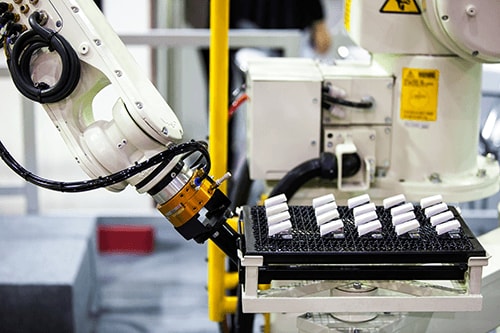
Motor Control
Explore a range of hardware and software motor control solutions for different types of motors by visiting our Motor Control Design Center. You can shorten your development cycle by using our free motor control software with simulation blocksets and models, application notes and tuning guides. Our scalable motor control development tools promote rapid prototyping for low-voltage and high-voltage systems including dual motor control options.
Advanced Sensor Interfacing
Our dsPIC33EV DSCs are designed to meet the demands of advanced sensor interfacing. Their 5V operation offers better noise immunity and robust operation in extreme conditions. Learn more about how dsPIC33EV DSCs enable you to design advanced sensor interfacing applications.
Motor Control
- HVAC pumps, and compressors
- 3D printers
- CNC machines
- Sewing machines
- Power tools
- Appliances
Measurement Control, Sensing and High-Performance Embedded Applications
- Capacitive sensing
- Under-the-hood sensor interfacing
- Camera control
- Industrial sensing and control units
Medical Monitors
- Blood pressure monitors
- O2 concentrators
MPLAB® Development Ecosystem and Software Tools
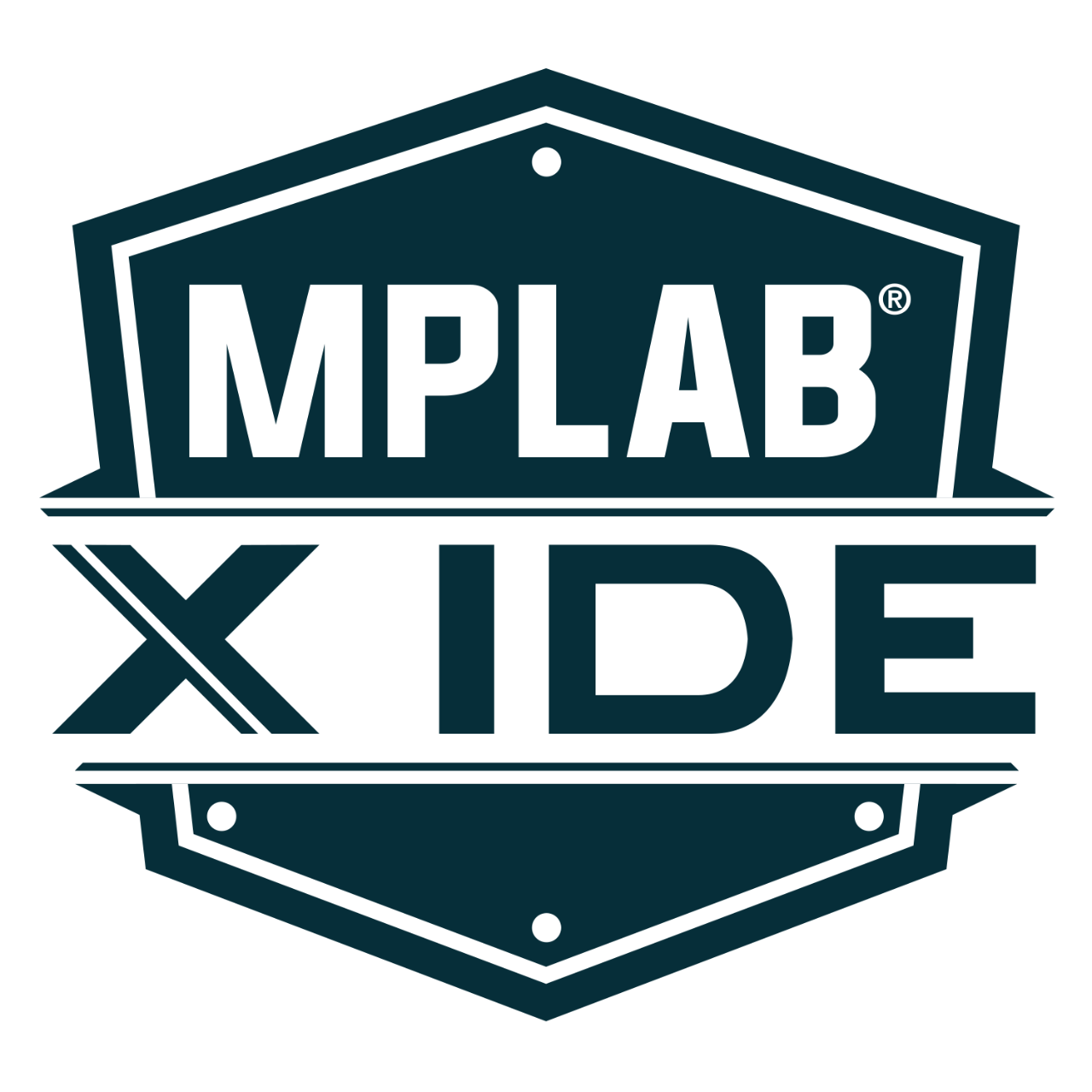
MPLAB® X Integrated Development Environment
A free graphical programming environment that generates seamless, easy-to-understand C code
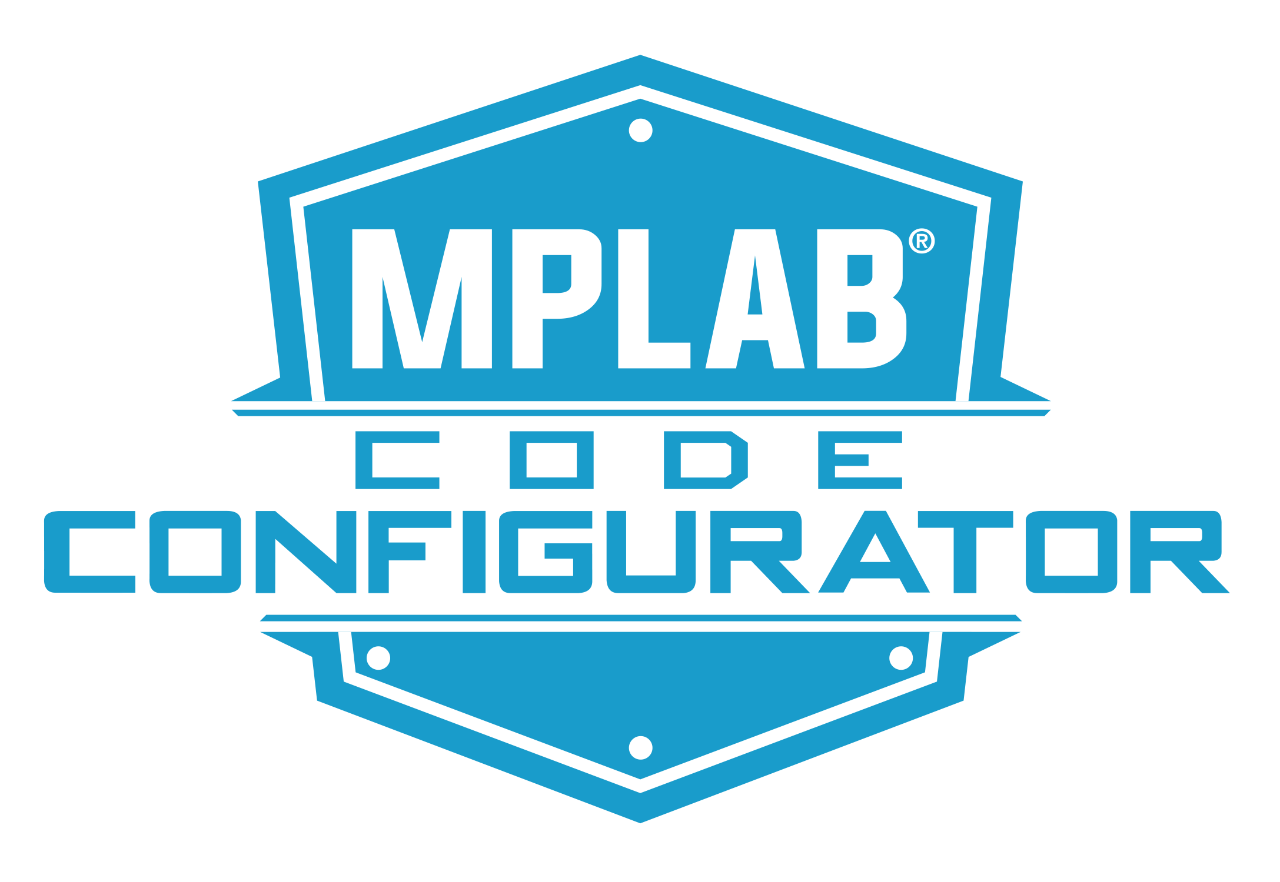
MPLAB® Code Configurator
A free graphical programming environment that generates seamless, easy-to-understand C code
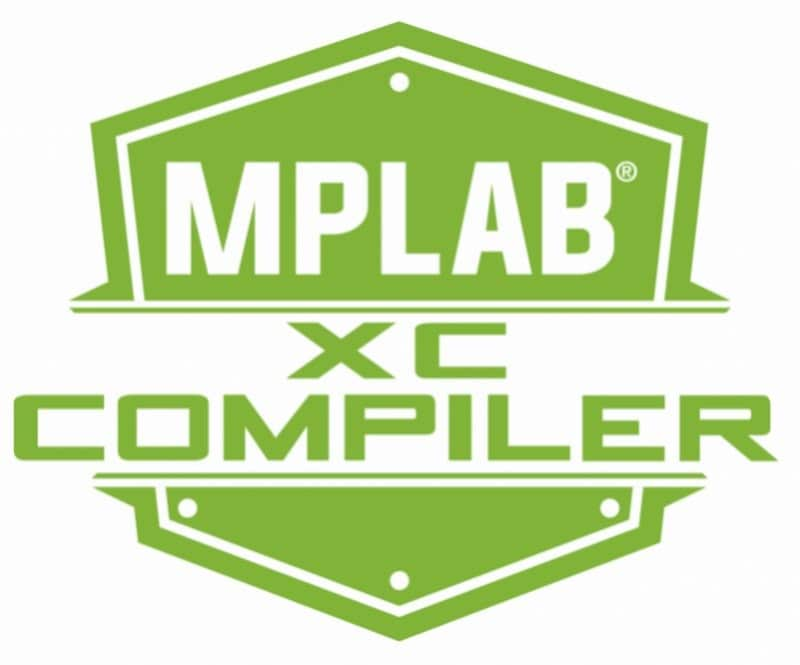
MPLAB® XC Compiler
A comprehensive solution for your software development that integrates with MPLAB X IDE to provide a full graphical front end
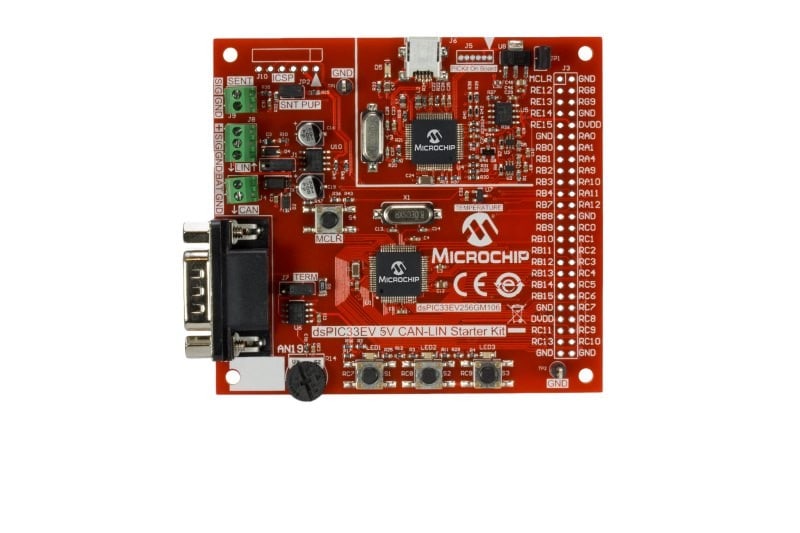
dsPIC33EV 5V CAN-LIN Starter Kit
Allows you to explore three popular automotive and industrial serial data formats—CAN, LIN and SENT—and features a self-contained USB programming/debugging interface and an expansion footprint for flexibility in application hardware development
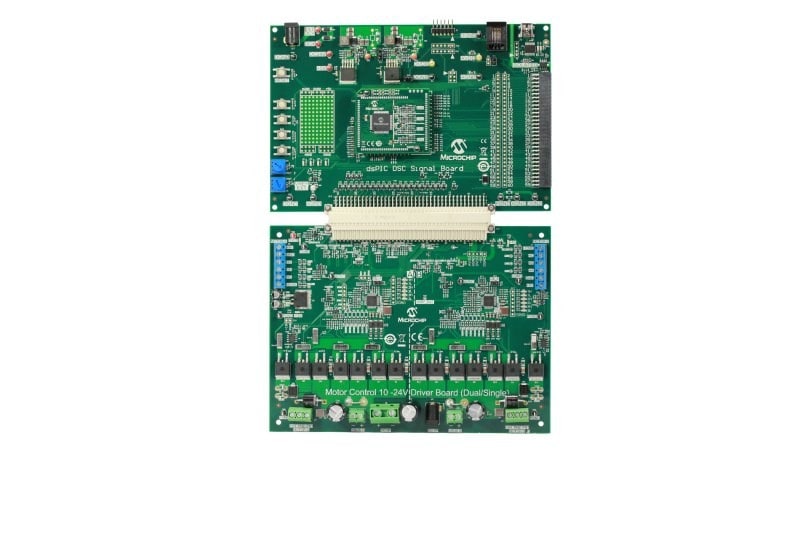
Low-Voltage Motor Control Development Bundle (Signal Board and Drive Board)
A cost-effective method of evaluating and developing a dual/single motor control power stage for driving two Brushless DC (BLDC) motors or Permanent Magnet Synchronous Motors (PMSM) concurrently
Similar Devices

PIC24 MCUs and dsPIC33 DSCs | Easy Migration in a Platform Design
This video will introduce you to the common development ecosystem that allows for easy migration across device families and enables you to use the low-power PIC24F MCUs and the robust dsPIC33 DSCs in a complete platform design.

motorBench® Development Suite Demo
motorBench® Development Suite Demo
This video will demonstrate how motorBench development suite and the dsPIC33 DSCs simplify spinning a BLDC or PMSM motor.
Learn more about motorBench® Development Suite

dsPIC® DSCs Perform Under Pressure
dsPIC® DSCs Perform Under Pressure
This video will demonstrate how the dsPIC DSCs can help you get your design done on schedule and avoid the deadline pressure.
Visit: https://www.microchip.com/en-us/products/microcontrollers-and-microprocessors/dspic-dscs

Setup CAN in Minutes using MPLAB® Code Configurator
Setup CAN in Minutes using MPLAB® Code Configurator
This video will demonstrate the basic setup of CAN peripherals available on PIC24 MCUs and dsPIC33 DSCs using MPLAB® Code configurator.
For more information, visit:
16-bit MCUs: https://www.microchip.com/en-us/products/microcontrollers-and-microprocessors/16-bit-mcus
mplab code configurator: https://www.microchip.com/en-us/tools-resources/configure/mplab-code-configurator
CAN-LIN Starter Kit: https://www.microchip.com/en-us/development-tool/dm330018

Event Sequencing using Peripheral Trigger Generator (PTG)
Event Sequencing using Peripheral Trigger Generator (PTG)
This video will introduce you to one of our new peripherals, the Peripheral Trigger Generator or commonly referred as PTG, available on 16-bit dsPIC33 digital signal controllers. The video will give a glimpse into the capabilities of PTG peripheral, which can help you in addressing the challenges of sequencing asynchronous tasks and event triggers.
For further information:
https://www.microchip.com/en-us/products/microcontrollers-and-microprocessors/16-bit-mcus